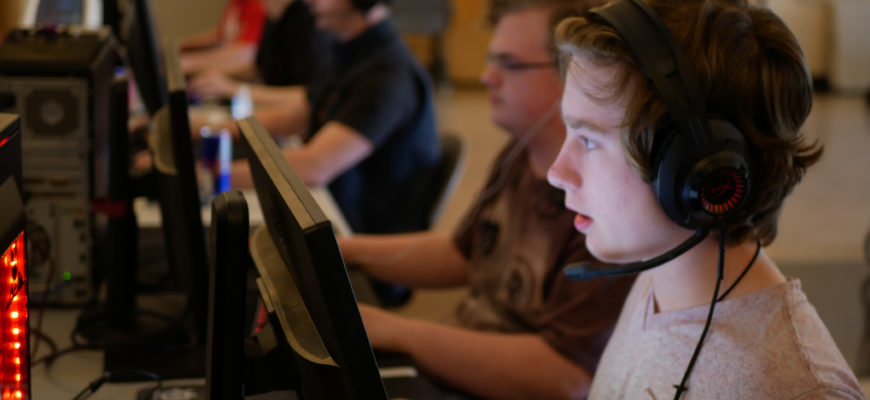
Protecting Your Data and Identity at a LAN Tournament
Protecting Your Data and Identity at a LAN Tournament
LAN tournaments bring competitors into shared environments where dozens of PCs, peripherals, and storage devices are in constant use. Whether you are playing on provided hardware or bringing your own, it is critical to take deliberate steps to safeguard your personal data, logins, and digital identity. The following reference outlines recommended practices before, during, and after the event.
Account Security
- Enable multi-factor authentication (MFA) on all services. Ensure your phone or authentication app is available for logins.
- Do not allow browsers to save credentials on tournament PCs. Disable “remember me” checkboxes during sign-in.
- Log out fully after each session. Verify you are signed out of game clients, overlays, and web sessions before leaving your station.
- Use Incognito or InPrivate where appplicable. If you need to access anything via browser, use it in a cookie-free session.
System Hygiene
- Remove all external drives and USB devices immediately after use. Do not leave personal storage media connected to shared PCs.
- Avoid storing sensitive files (personal documents, credentials, financial records) on the system you bring. Use a clean installation or a dedicated gaming partition.
- Update operating system and security software before the tournament. Apply all pending patches and verify antivirus/EDR agents are active.
- Disable unnecessary services (applications, software) on BYOC machines to reduce attack surface.
Network Practices
- Use wired connections only. Avoid unsecured or shared Wi-Fi networks where traffic may be intercepted.
- Consider a personal VPN if the tournament rules permit it. This ensures traffic encryption between your machine and external services.
- Avoid signing in to unrelated services (banking, personal email) on the LAN network. Keep usage limited to tournament requirements.
Physical Security
- Secure your peripherals. Label all devices (mouse, headset, keyboard) and avoid leaving them unattended.
- Lock your session (Windows key + L) if you must step away from your system temporarily.
- Transport PCs securely. Use padded cases for towers and do not store laptops unattended at the venue.
Post-Tournament Steps
- Change passwords for any services you accessed on shared PCs, even if you believe you logged out.
- Review connected devices in account security dashboards (e.g., Steam Guard, Microsoft, or Google) and remove unknown sessions.
- Run a malware scan on any BYOC system used during the tournament.
- Archive and wipe any temporary files, configs, or downloads created for the event before returning your system to regular use.
Treat a LAN tournament as a high-exposure environment. Competitors should operate on the assumption that shared machines, open networks, and public spaces create additional risks for personal data and account integrity. By applying the above practices consistently, players can minimize exposure and maintain both competitive focus and personal security.
